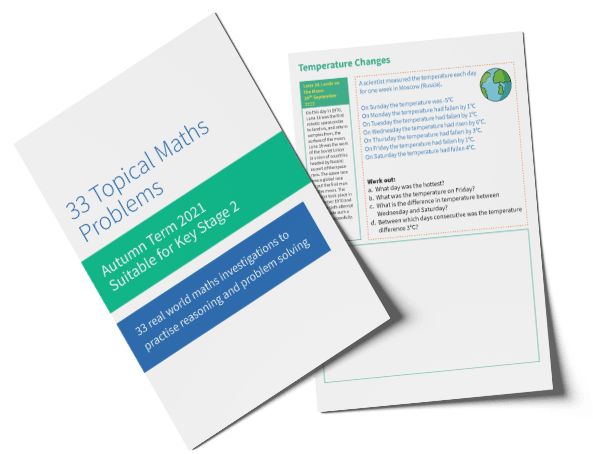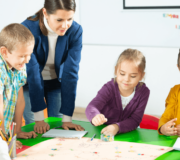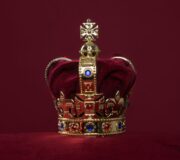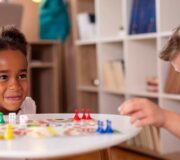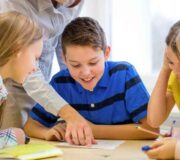Top 10 Bonfire Night Maths Activities
Bonfire Night Maths Activities – The main reason to remember, remember the 5th of November! In this blog you will find our list of the ten best Bonfire Night Maths Activities your KS2 class can take part in, so expect to see some metaphorical fireworks in the classroom!
While traditionally Guy Fawkes Night and fireworks means a round of Art and History activities in primary school, finding appropriate Bonfire Night Maths activities for your class can be tricky. Not any more!
Here you have 10 of the most dynamic activities – angles, measurement, division and all – to bring some real world Bonfire Night Maths into the classroom and get your pupils feeling inspired and thinking mathematically, just in time for the celebrations.
Bonfire Night Maths Activity 1 – Measure The Firework Angle
Bonfire night presents a great opportunity for you to use fireworks to your advantage to help teach maths, and all you need for this simple activity is a few pieces of paper, some protractors and a classroom full of pupils ready to learn about fractions!
How to run this activity
Begin by creating your own bonfire night maths worksheets (canva is a good free tool to do this with). These worksheets should have a selection of diagonal lines coming up from the “ground”, each of which represents a firework. It’s up to you how creative you feel like being with the design!
You should then task your pupils with measuring the angle that the firework has made by travelling away from the ground. If you are looking for a way to extend learning, you can ask them to calculate the missing angle, or even make their own questions for their classmates.
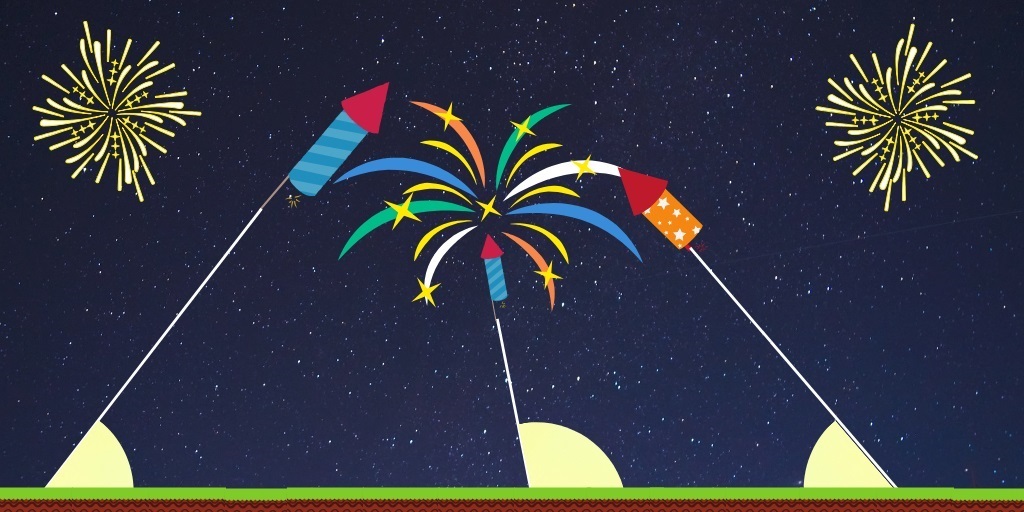
Bonfire Night Maths Activity 2 – Measure The Distance The Fireworks Travel
Fireworks provide a unique chance for you to bring measurement and conversion problems into a lesson plan thanks to the fact that they reach such brilliant heights! Both measurement and conversion are important aspects of KS2 maths, particularly when they are on a large scale such as this, and bonfire night maths can be a good way to reinforce the importance of using different units of measurement where relevant.
How to run this activity
Create a simple worksheet that shows the distance a number of fireworks have travelled in centimetres. Then, encourage your pupils to understand that it makes more sense to measure this distance in metres and get them to work out the conversion.
Additional things you could add to the sheet to stretch and challenge pupils include:
• Converting into kilometres to link decimals
• Practising calculating averages
• Working out the difference between firework height using adding and subtracting
• Converting between metric and imperial measurements
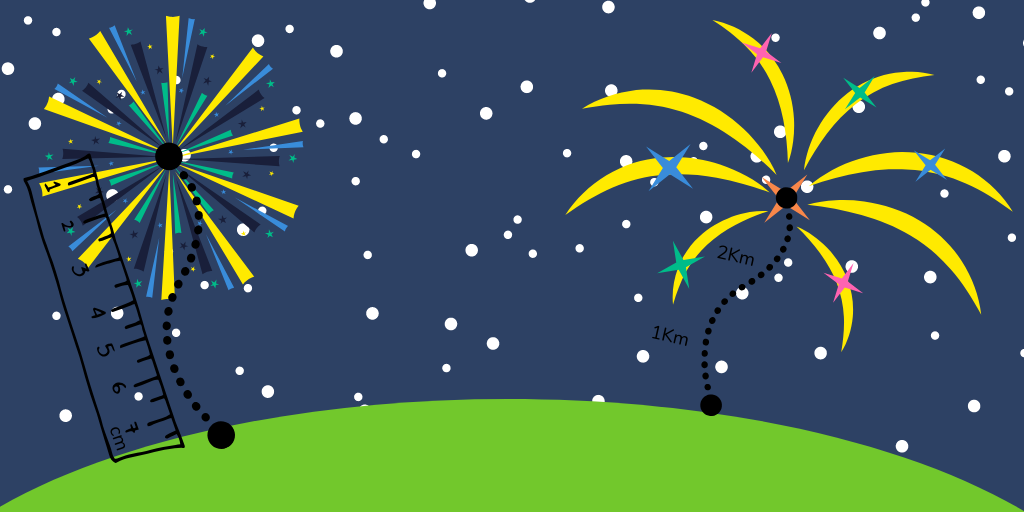
Bonfire Night Maths Activity 3 – Fireworks Colour By Numbers
Putting a spin on a classic classroom activity, if adapted correctly colouring by numbers can be a fantastic way for pupils to show off not only their creative side but also their mathematics brains!
How to run this activity
Begin by finding a fireworks colour by numbers worksheet, but before handing it out to your class make sure you replace all of the numbers in the picture with calculations. You can match the difficulty of the calculations to the level of the pupils in your class. When the answer to a question matches a number in the key, pupils will then fill it in with that colour.
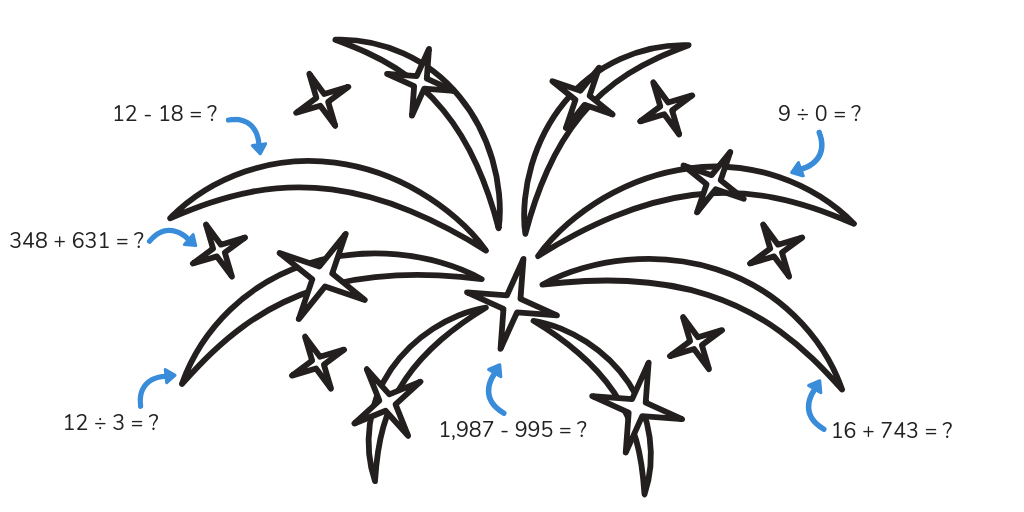
This not only gives pupils a colourful picture to take home but also gets them practising bonfire night maths. You can easily differentiate by creating different versions with harder calculations which give the same answer, but this is the perfect activity to settle your class down after a hectic lunchtime!
FREE KS2 Topical Maths Autumn Pack
A collection of 33 real-world investigations linked to key dates in the Autumn term, to practice reasoning and problem-solving.
Download Free Now!Bonfire Night Maths Activity 4 – Bonfire Night Ticket Problem Solving
Linking a topic to money is a good way to bring an element of real life maths into the classroom, and bonfire night gives you the perfect chance to give your pupils a money related challenge. If you are hosting a fireworks celebration at your school you can link the activity to this to make it super relevant to your pupils!
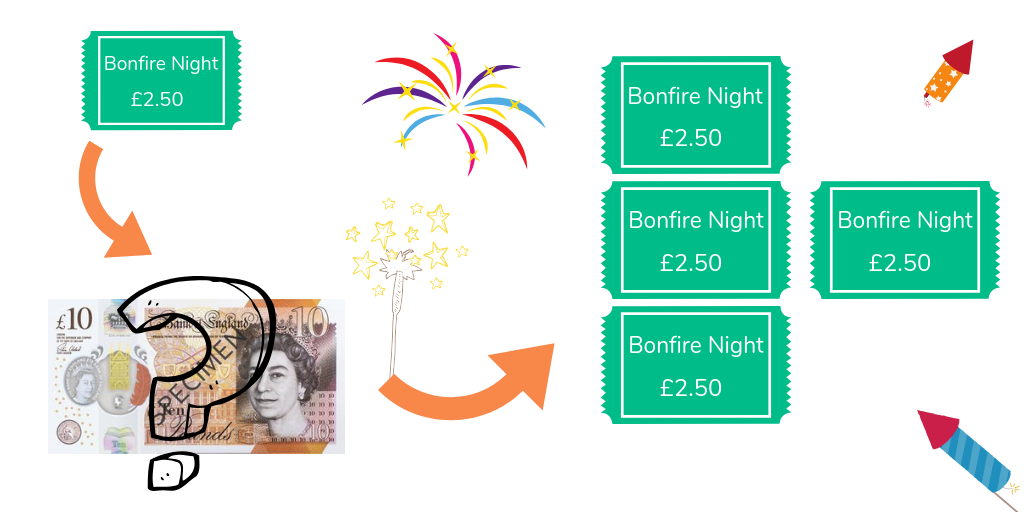
How to run this activity
Make up some scenarios on the whiteboard that your class can try and solve in their maths books. Examples could include:
• The bonfire night costs £2.50 to attend. How many tickets can you buy with £10?
• Ben, Joe and Ellie want to buy 3 tickets each to Bonfire Night. How much will this cost them?
• You want to buy 10 tickets for your friends and family, but you only have a £50 note to pay with. how much change will you get from the ticket seller?
Bonfire Night Maths Activity 5 – Plan A Bonfire Night Maths Project
As an extension to the money task discussed above, you could get your class to plan a whole bonfire night celebration, from its inception through to it’s execution. This is a great way to teach them about budget, spending and planning in general and it is an activity that your class will love as it gives them a lot of creative freedom.
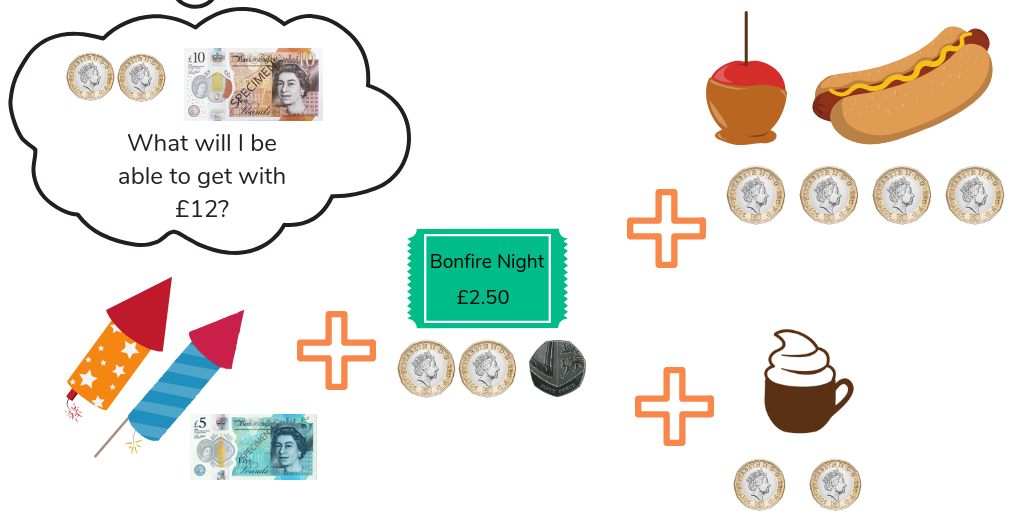
How to run this activity
You will need to brief your class on what the essentials are for planning an event like this. They will then need to figure out things like:
• Planning how much food to buy
• How much you would spend on fireworks
• What to charge for entry
• Are there any extra costs they need to consider, perhaps paying someone to monitor the car park?
This is a great way to get pupils to see how maths is important in real world contexts, and it will also help them to develop planning skills which are bound to come in useful later in life.
Bonfire Night Maths Activity 6 – Autumn Leaves Sweeping
This one may count as a slightly more general autumnal maths activity, but using the school playing field is a fantastic way of looking at often tricky topics like area and perimeter. The new coating of leaves that has no doubt crept onto it now gives you the perfect chance to segment the field into manageable areas and get your class learning outside!
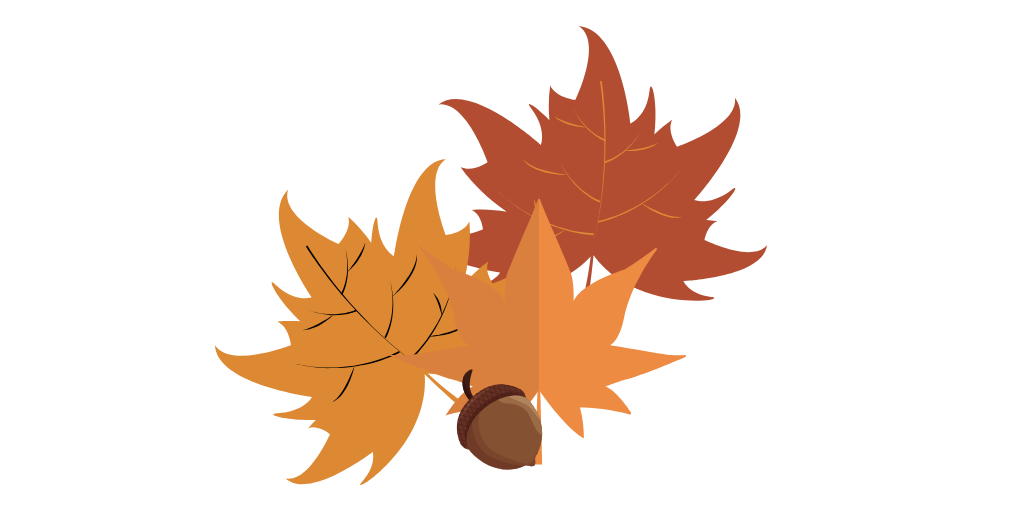
How to run this activity
Head out onto the school field, or if you are in an inner city London school with limited outdoor space the local park will do, and ask your pupils to calculate the total area of grass that will need sweeping should they want to clear all of the leaves off of it.
If you are restricted by either time or outside space, create diagrams and explain the context. It’s just a different way of posing an area question but one that will help bring the maths to life.
Bonfire Night Maths Activity 7 – Bonfire Night Maths Temperature
The bonfire itself can provide you with inspiration if you have recently been looking at temperature and/or negative numbers in your maths lessons. They are a fantastic way to use November’s topical events to help your class with calculating differences.
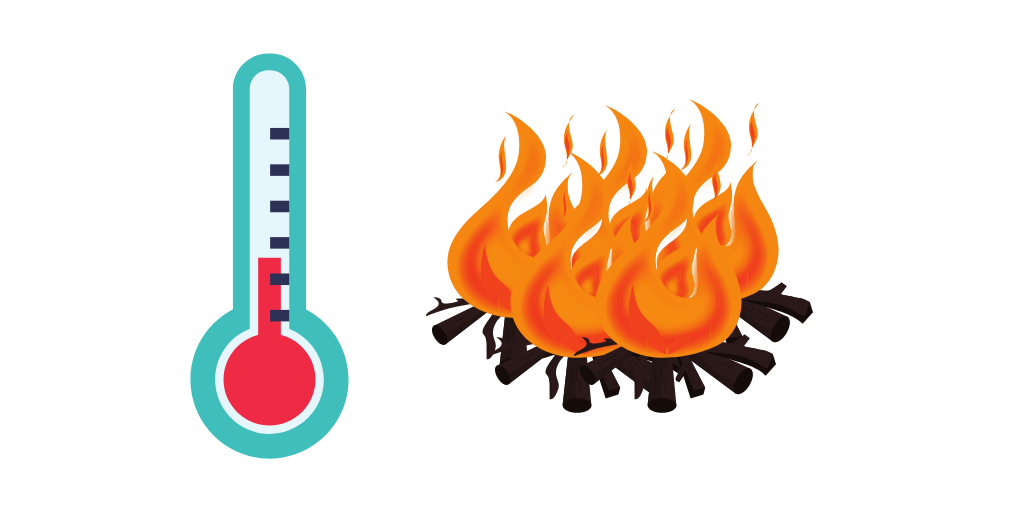
How to run this activity
Use the whiteboard to write out a number of questions for your class, all based around the mechanics of a bonfire. You can easily differentiate these questions using different numbers, or by excluding negative numbers for those pupils who still need to work on them a little more.
Question examples include:
• The temperature outside is -2 degrees centigrade, by the bonfire it is 20 degrees. How much has the temperature increased by next to the bonfire?
• The middle is where the bonfire is hottest, and here it measures 120 degrees centigrade. If the edge of the bonfire only measures 55 degrees centigrade, how much hotter is the middle?
• Before the bonfire was lit the temperature around it was -5 degrees centigrade. Now that the fire has been burning for 20 minutes, the temperature around it has gone up to 5 degrees centigrade. What is the temperature difference?
Bonfire Night Maths Activity 8 – Data Collection
Data collection is a task that can be done throughout the year, but bonfire night presents you with a chance to strike while the iron (and bonfire) is hot with your pupils and get them making tally charts on something that they really enjoy. You can use data collection as a way to reinforce concepts from KS1, which is another added benefit for this activity.
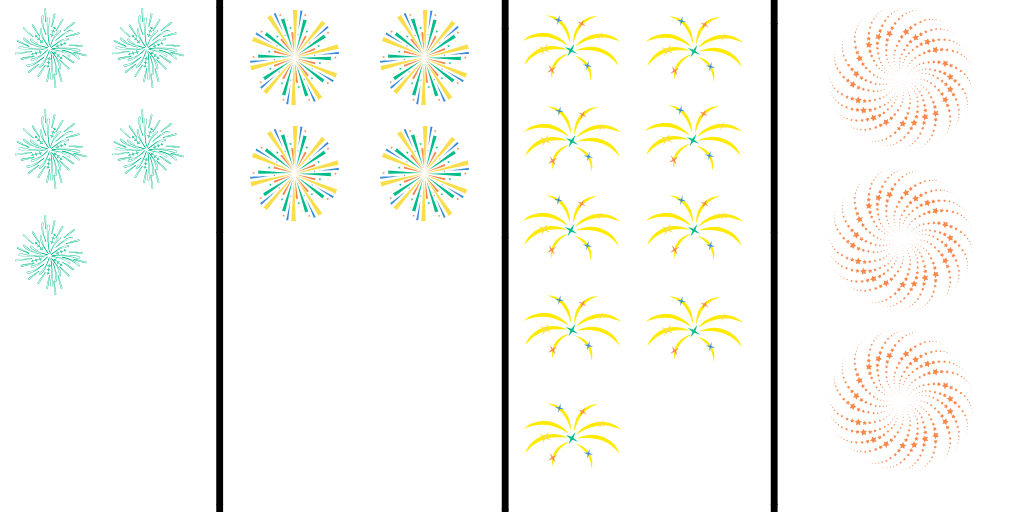
How to run this activity
There are a number of different pieces of data you could collect, but ideas include:
• Listing all of the different types of fireworks, and seeing how often pupils see them on bonfire night (you can always show a video of a firework display if some pupils are unable to make it to the night itself)
• The number of seconds each firework takes to explode
• The colour of fireworks
Bonfire Night Maths Activity 9 – Bonfire Night History And Division
Something that can be a quick win when looking for bonfire night maths activities is to re-purpose maths problems to make them incorporate elements of the 5th of November. This can help with cross-curricular learning by adding in historical facts to an otherwise ordinary maths lesson, and you can kill two birds with one stone!
How to run this activity
Take a look at the worksheet below, originally featured as a teaching resource on TES, which includes a couple of interesting facts which will not only help pupils’ historical knowledge, but also get them started on solving problems that involve dividing 3 digit numbers by 2 digit numbers:

Bonfire Night Maths Activity 10 – Mindfulness Amidst The Fireworks
With so much excitement surrounding Bonfire Night and this time of year in general, you may find your pupils could benefit from a mindfulness session to help relax and improve their concentration. Help combat your pupils’ stress with a mindfulness session that can be done as a class right before bonfire night.
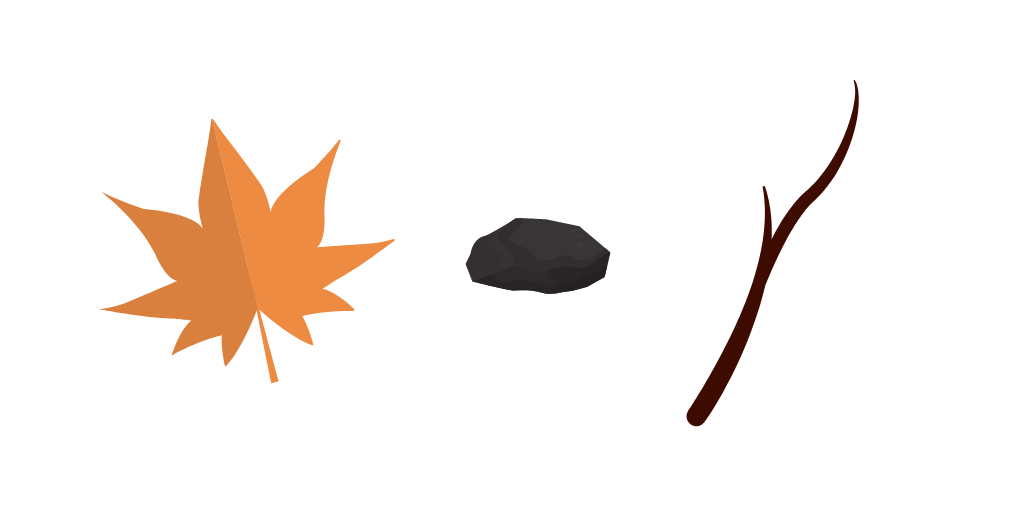
How to run this activity
Start off by sending your class out to collect a number of autumnal objects, such as leaves, rocks, sticks or anything else that might be interesting to hold. Give each pupil an object and ask them to spend a minute just noticing what it feels like in their hand. They can feel the texture, if their object is hard or soft and the shape of the object. Afterwards, ask the children to describe what they felt.
Whilst this activity is not directly linked to maths, it is a great way to help your class relax and enjoy autumn, which will in turn ensure that they are refreshed and ready to learn when they come back into the classroom!
Looking for more free resources?
Check out 20+ more fun Maths investigations for KS2 here.
Looking ahead to December? Also see our Christmas maths quiz and Christmas maths activities
Looking for further support for your pupils in Maths?
If you think your pupils could benefit from the power of 1-to-1 Maths tuition, let us show you how we can help your school raise attainment and build confident learners.
DO YOU HAVE PUPILS WHO NEED MORE SUPPORT IN MATHS?
Every week Third Space Learning’s maths specialist tutors support thousands of students across hundreds of schools with weekly primary school tuition designed to plug gaps and boost progress.
Since 2013 these personalised one to one lessons have helped over 150,000 primary and secondary students become more confident, able mathematicians.
Learn about the emphasis on building a positive maths mindset or request a personalised quote for your school to speak to us about your school’s needs and how we can help.

